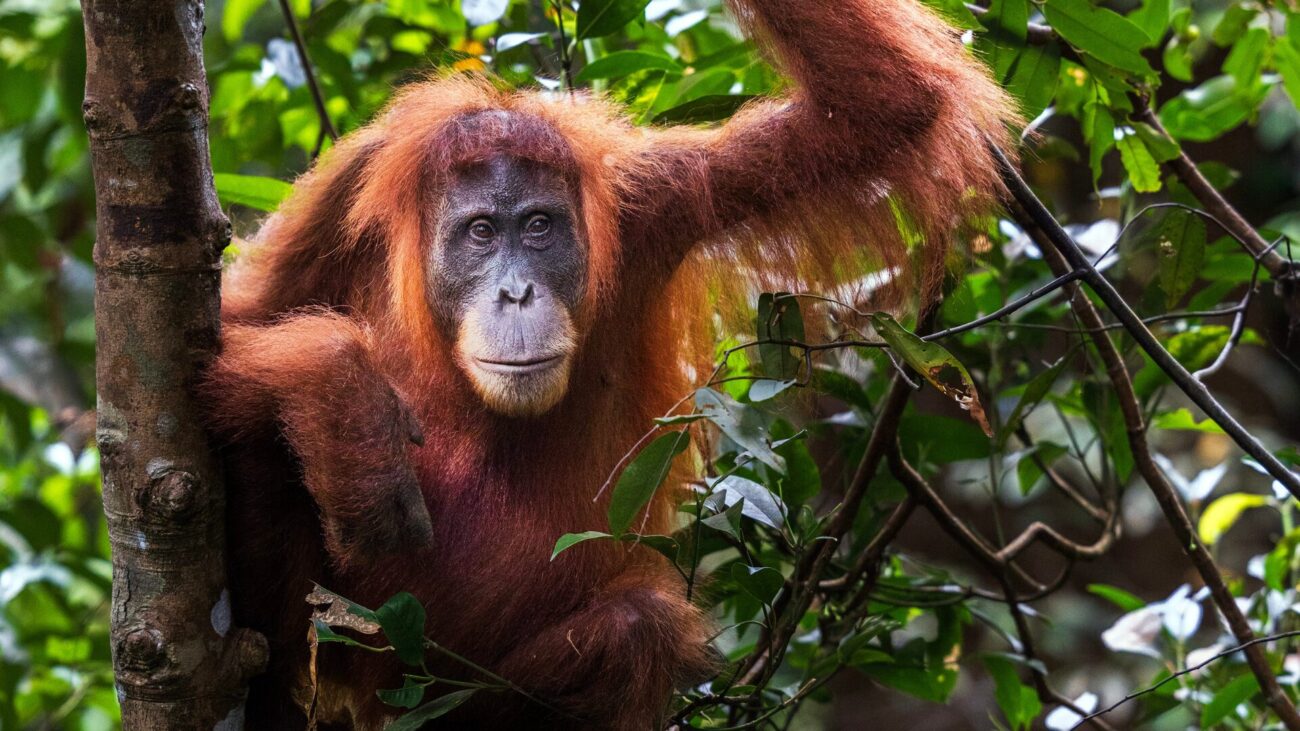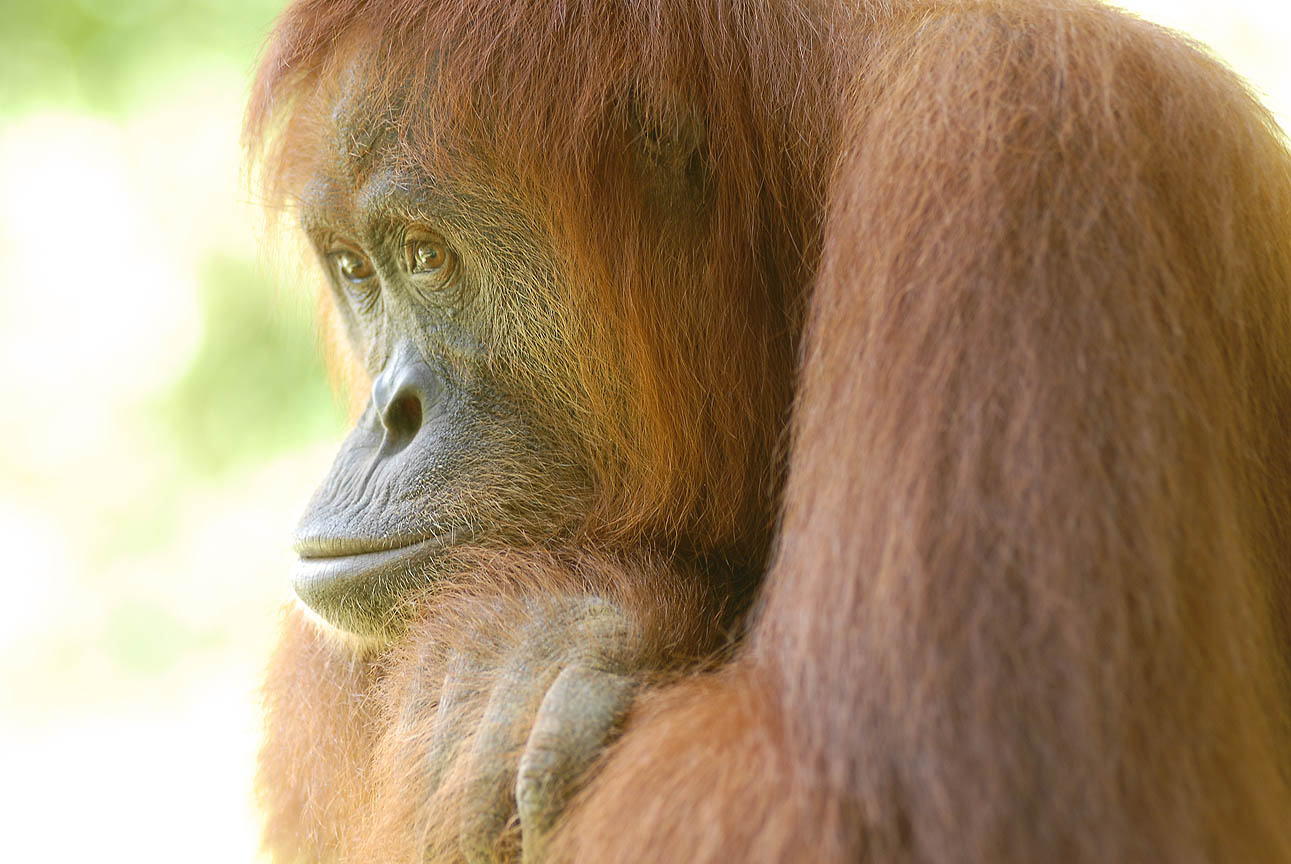
Researchers have made a striking discovery: humans heal significantly slower than other primates. While apes and monkeys mend at a similar pace to most mammals (around 0.613 mm per day), our wounds close at a sluggish 0.25 mm per day—nearly three times slower for similar injuries.
This finding poses an evolutionary puzzle: what’s the benefit of slower healing rates? To find the answer, we need to consider what makes humans unique. Unlike our hairier relatives, we have less body hair and more sweat glands. This adaptation was crucial for our ancestors, helping them regulate their body temperature during long-distance hunting and gathering in hot climates.
To compensate for reduced hair protection, human skin evolved to be three to four times thicker. This adaptation, however, introduced an evolutionary trade-off: a slower healing rate. So, while losing body hair offered benefits, it seemed to come at a cost. But there’s another interesting theory to consider.
Another theory suggests that as we developed social support networks and shared early medicinal knowledge, this would have reduced the adaptive need for rapid healing. Evidence from ancient human remains supports this: individuals with severe injuries often lived for years, suggesting community care.
Why is this research important? By understanding the remarkable healing pace of other primates, scientists could unlock new strategies to accelerate human wound recovery. If this sparks your curiosity, follow our social media accounts for more. We share groundbreaking research on primates and conservation every week!
You can help protect Sumatra's Orangutans. Click to get updates
